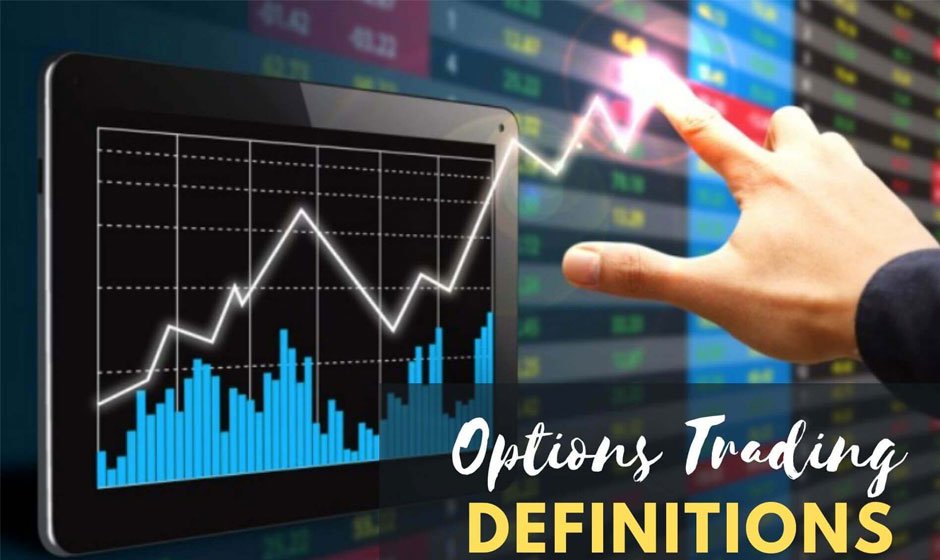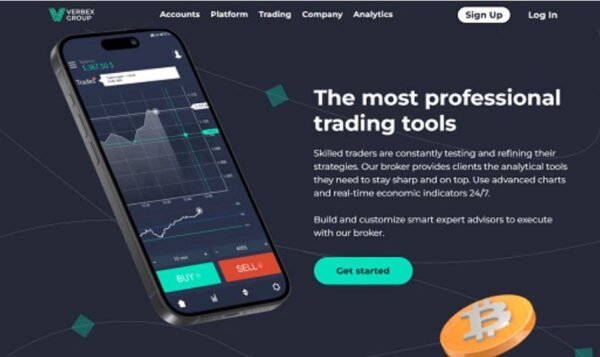Understanding Options Trading Terms: A Glossary for Beginners

Jumping into options trading online can be as exciting as starting a new video game but with its own set of rules and language. Just like learning the controls and objectives in a game, understanding the terms used in options trading is crucial to playing—and winning—in the financial markets. SoFi experts say, “Options are a tool that allows investors to limit risk2 or take advantage of stock movements.”
Call Option and Put Option
Imagine you’re at an auction, eyeing a rare comic book. You pay a small fee to the auctioneer to hold it for you at a set price until the auction ends. If the comic’s value skyrockets, you can buy it at the agreed-upon price, scoring a great deal. This scenario is similar to a call option, where you pay for the chance to buy stocks at a certain price, betting they’ll increase in value. Here, say you own a comic book gaining value, but you worry it might lose popularity. You agree with someone that they’ll buy it at today’s price, no matter what. If its value drops, you still sell at a high price.
Strike Price
The strike price is the agreed-upon price for the comic book at the auction—it’s what you’ll pay if you decide to buy it. In options trading, it’s the fixed price at which you can buy (with a call option) or sell (with a put option) the stock. If you’re betting on a stock to climb, you’re eyeing a strike price below what you think it will reach. If you protect against a drop, you set a strike price above the anticipated fall. The strike price is your target in the game of options trading, guiding your decisions and strategies.
Expiration Date
Every option comes with an expiration date, the auction’s end in our comic book analogy. It’s your last chance to make a move—either buy the comic at the set price or let someone else snag it. In options trading, this date marks when your option becomes void. If your call option is “in the money” (the stock is above the strike price), you’d want to buy it. If your put option is “in the money” (the stock is below the strike price), you’d sell it.
Premium
The premium is like the entry fee to the auction—it’s what you pay upfront for the chance to buy or sell that comic book later. In options trading, it’s the cost of the option itself. This fee is influenced by several factors, including how much the stock’s price swings (volatility) and how much time is left until the option expires. The premium is your investment in the opportunity, the price of your ticket to potentially profit from the stock’s future movements.
In the Money, At the Money, Out of the Money
These terms describe where the comic book’s current value stands to your agreed-upon price. If it’s more valuable than the price you locked in (call option) or has dropped below the price you agreed to sell it for (put option), you’re “in the money”—ready to make a profit. If it’s exactly at your agreed price, you’re “at the money,” breaking even.
Understanding these terms makes the complex world of options trading much more navigable, turning what might seem like a confusing maze into a strategic game. Just like mastering any game, getting to grips with options trading takes practice, patience, and a willingness to learn from each move. With these terms in your vocabulary, you can better plan your strategy and make informed decisions on the trading floor.



